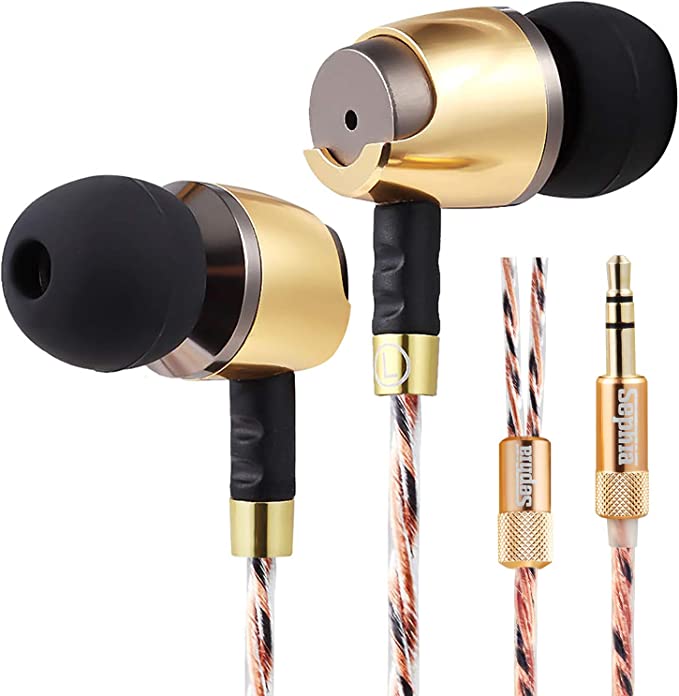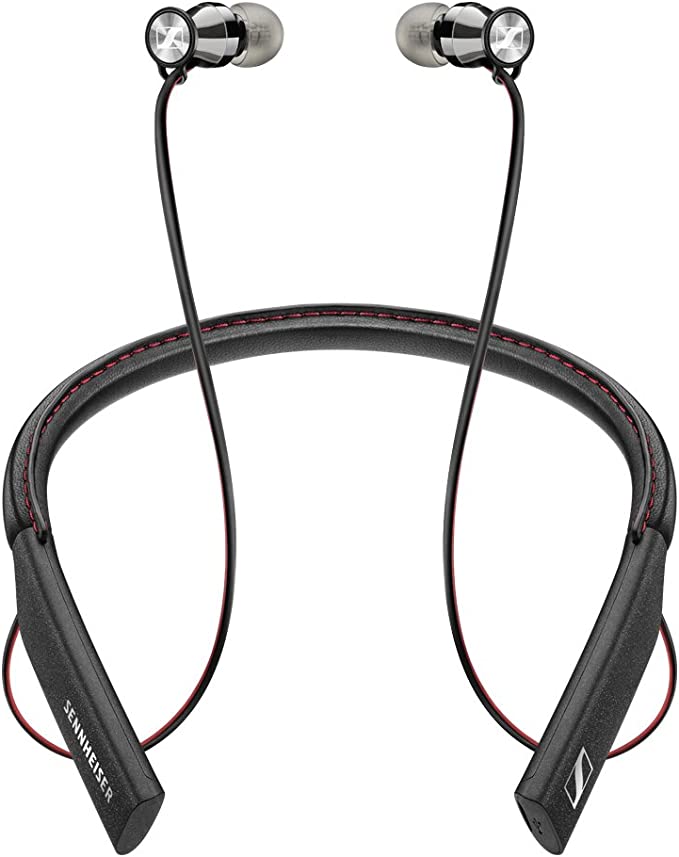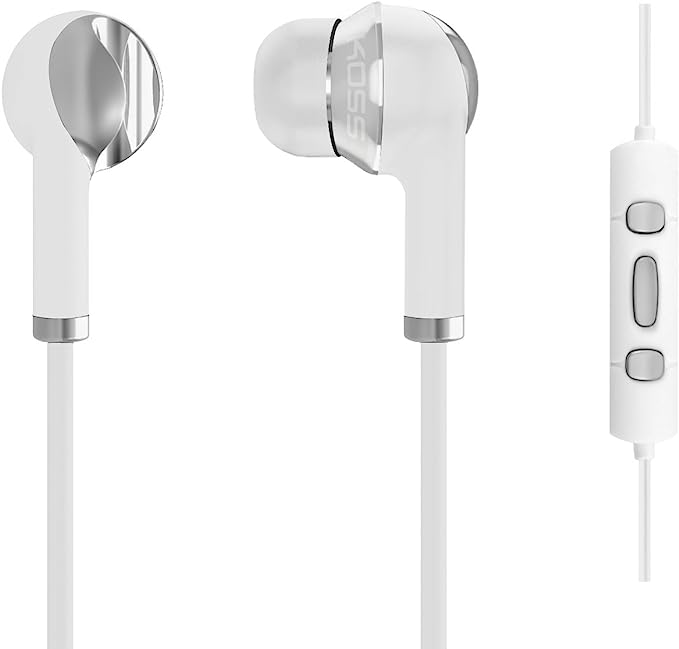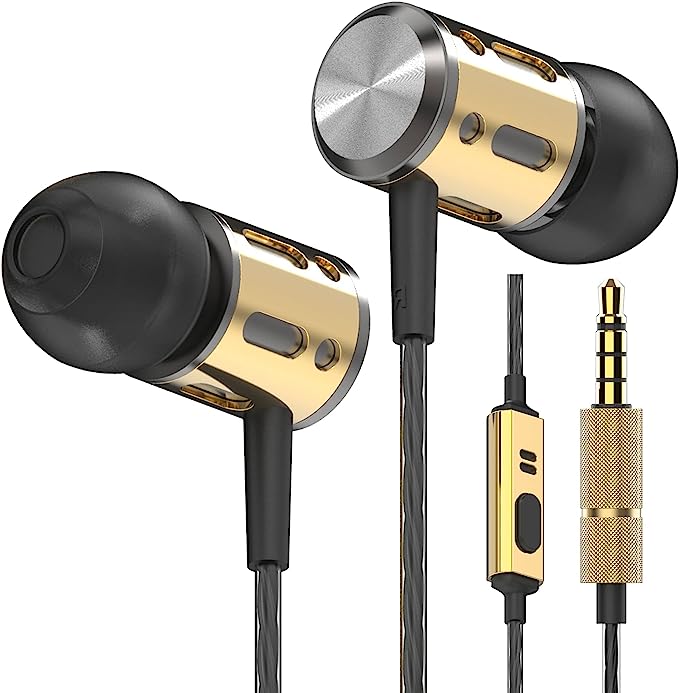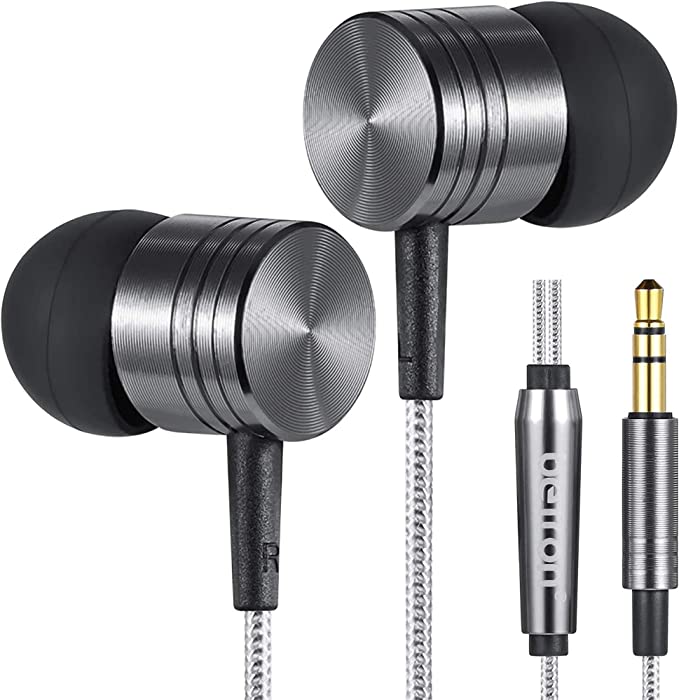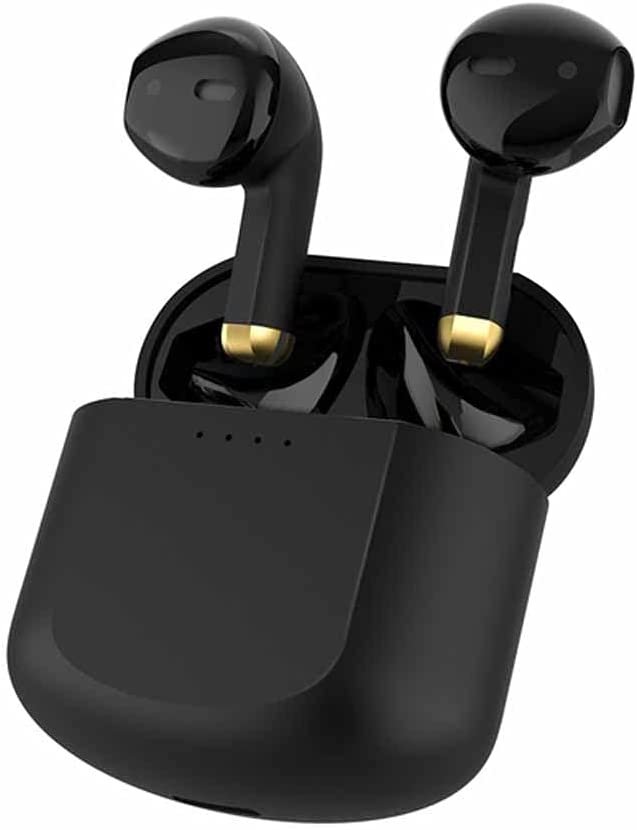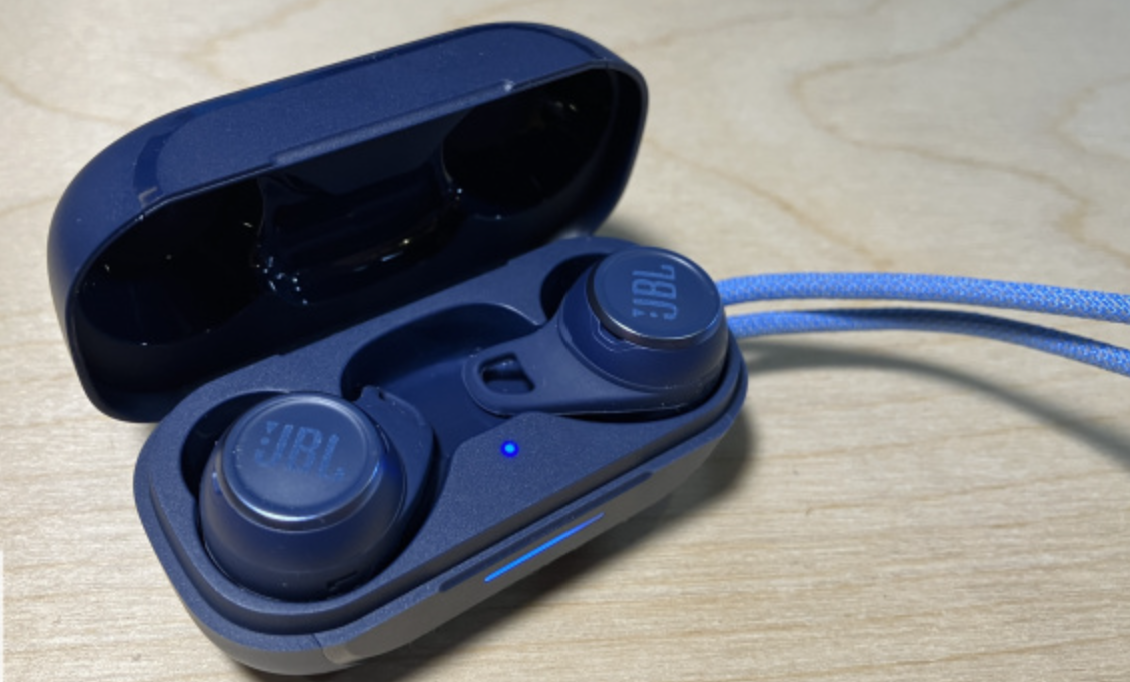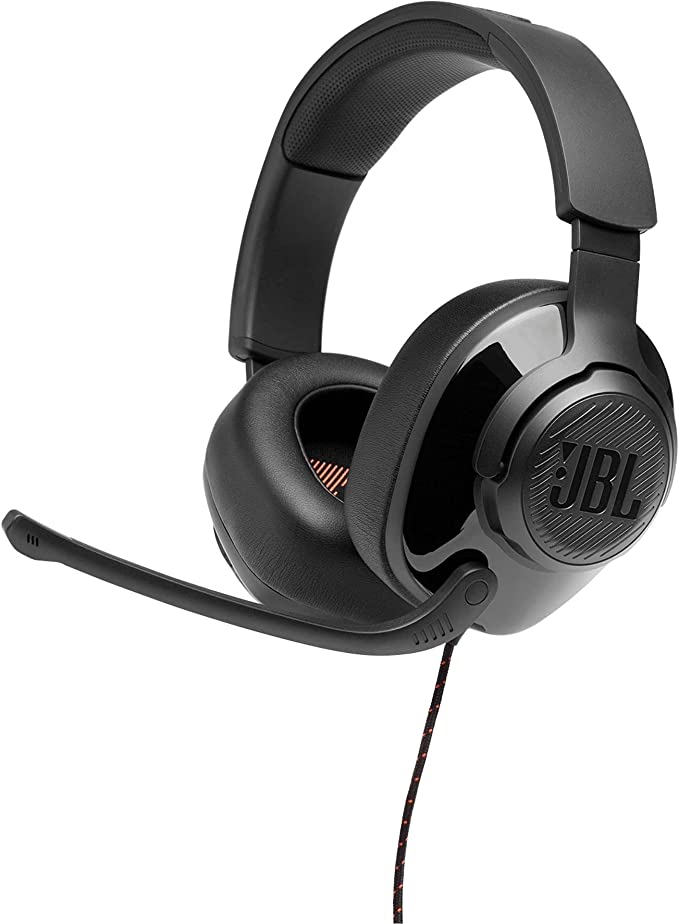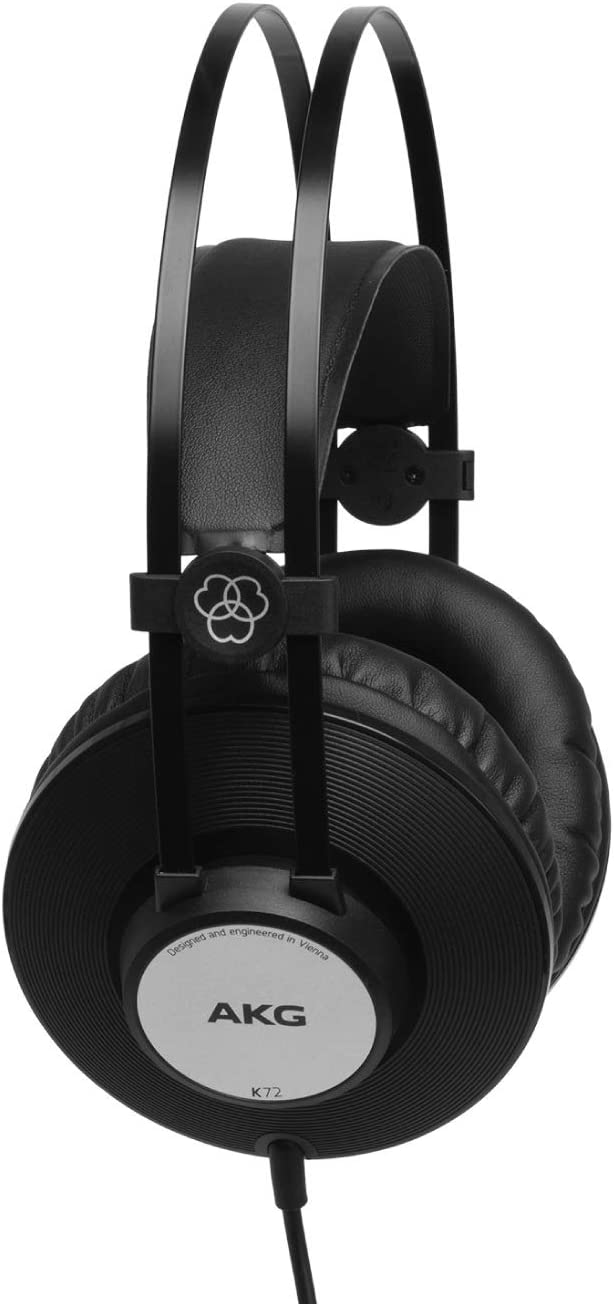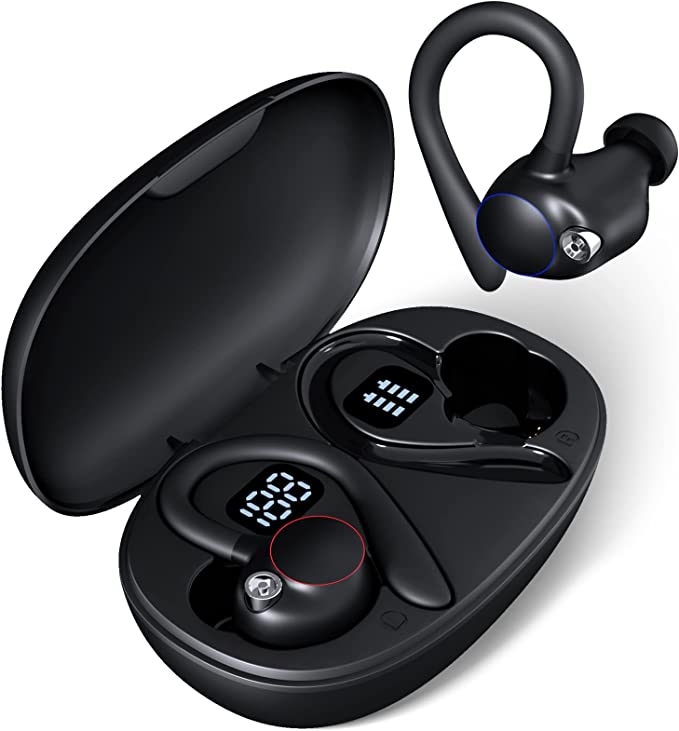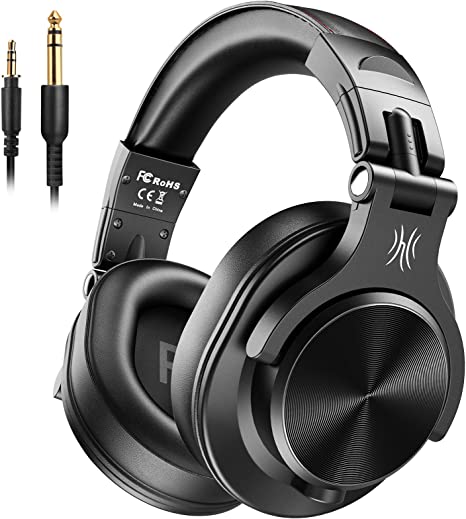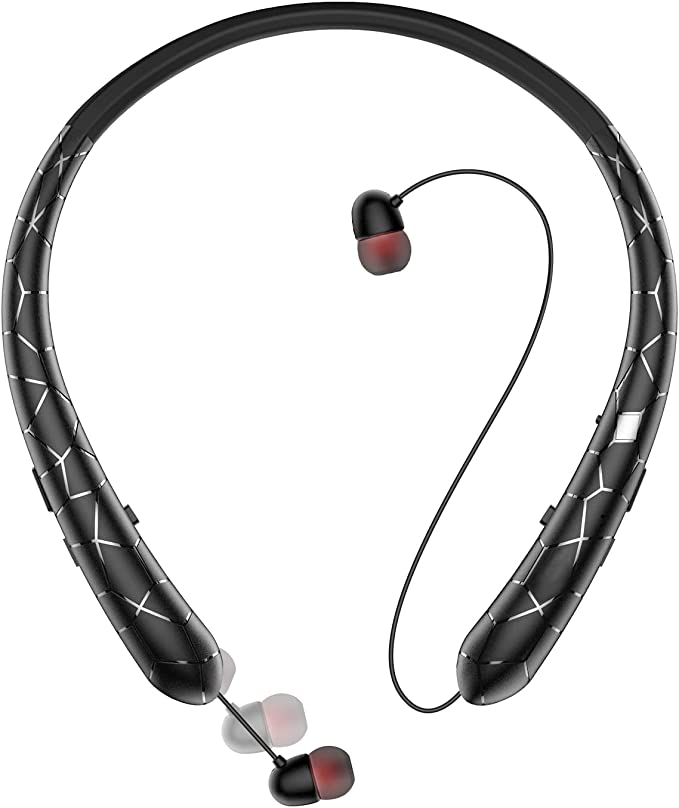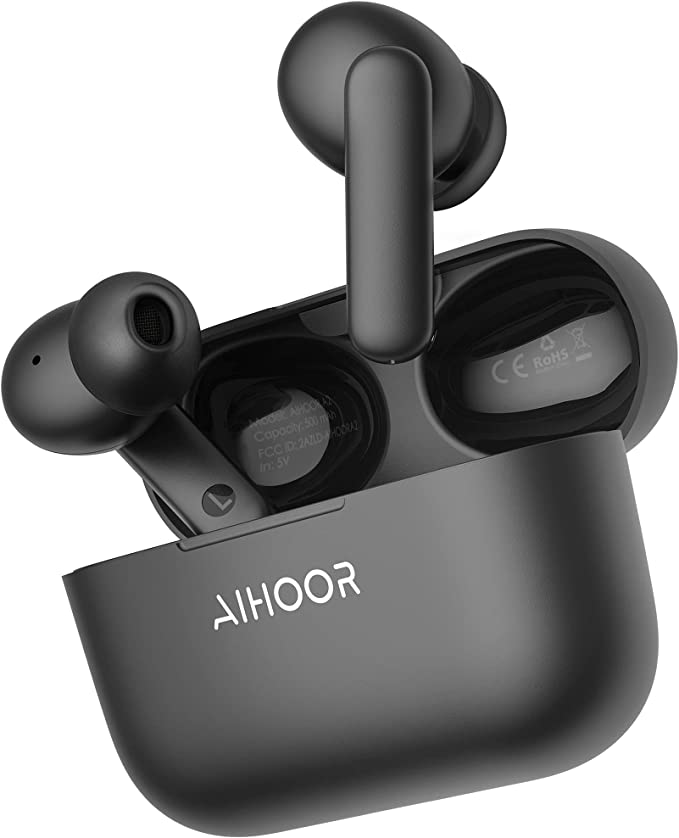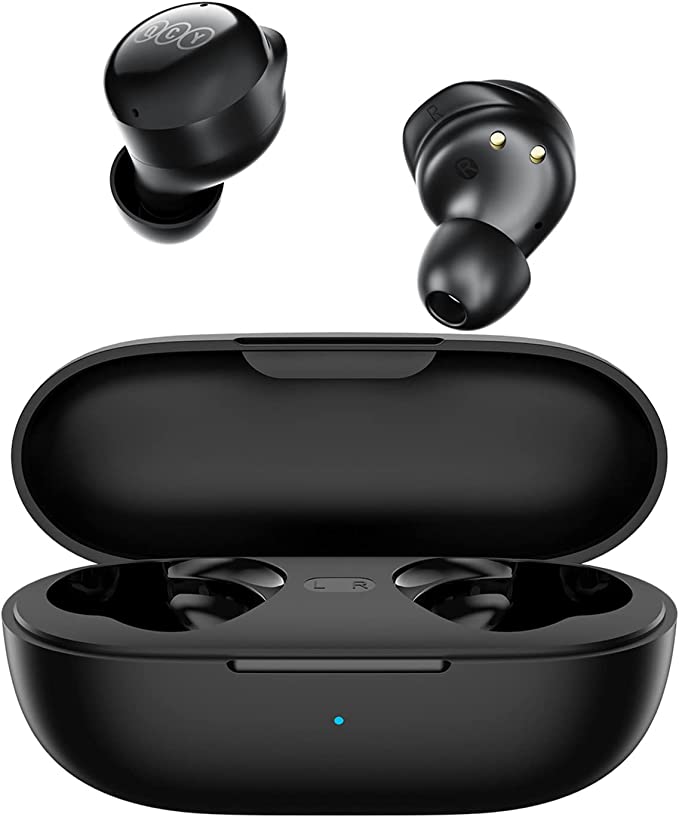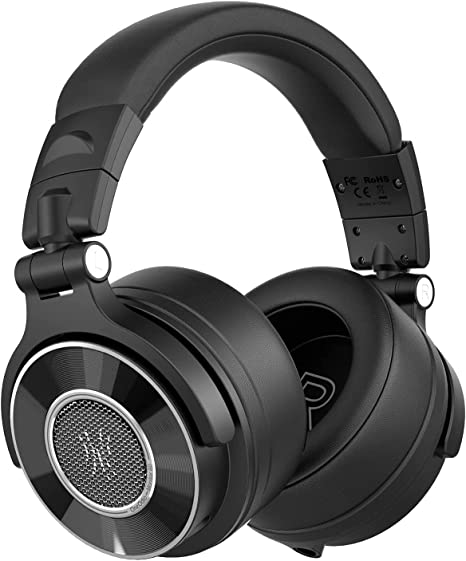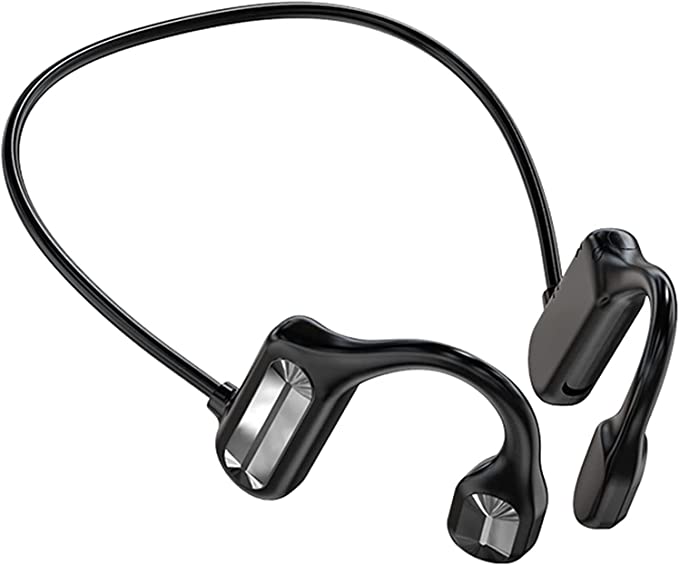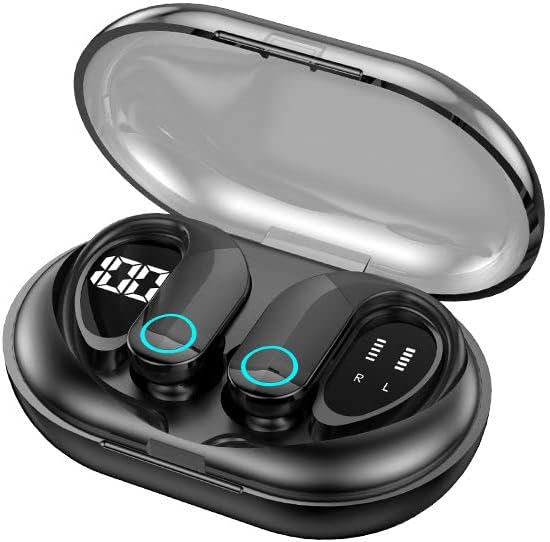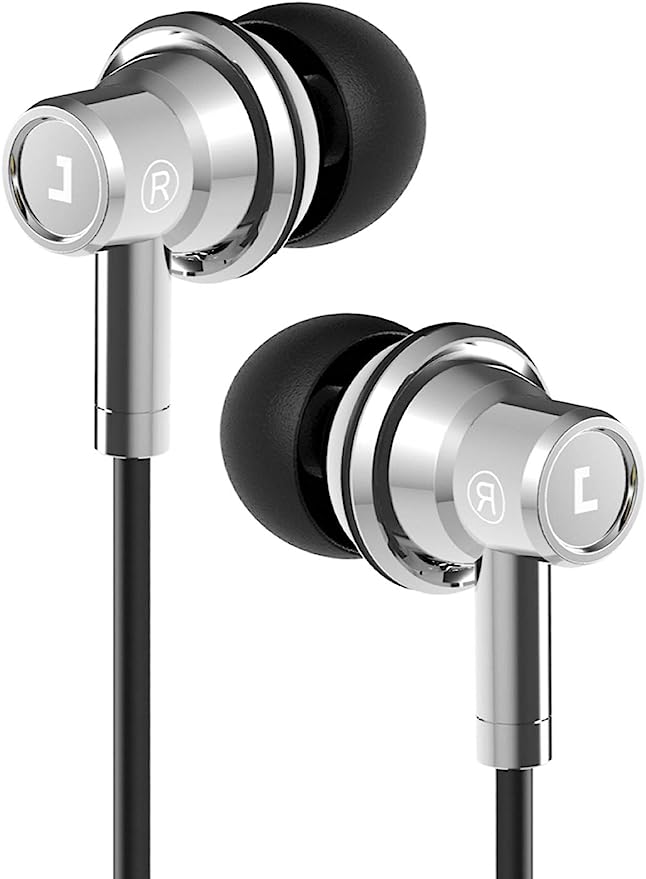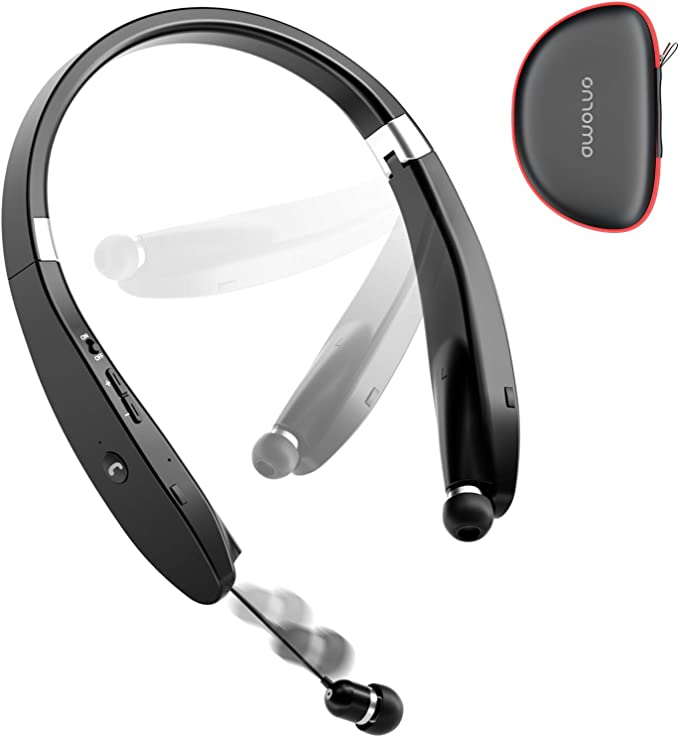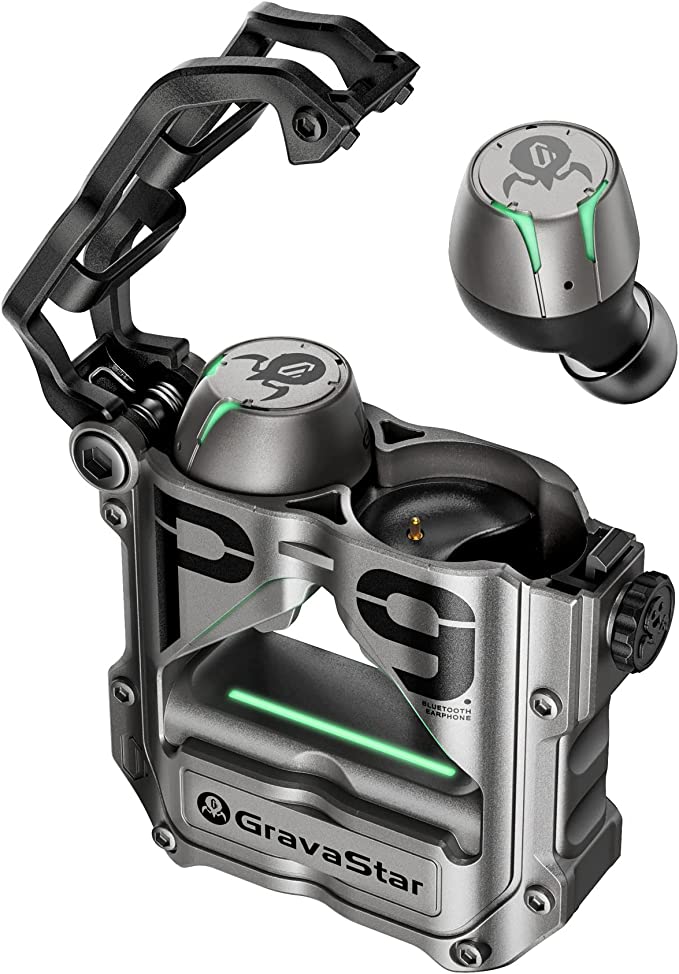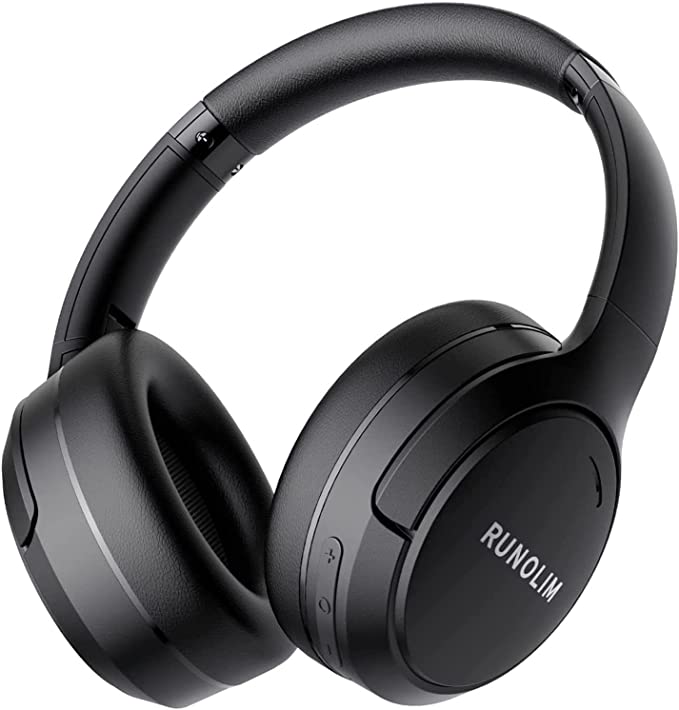The Audio Workhorse: How Budget Headphones Master the Science of Sound
Update on Oct. 29, 2025, 7:15 p.m.
It’s a common belief in the audio world: quality costs. Aspiring musicians, producers, and creators often find themselves staring at a mountain of expensive gear, feeling that professional results are just out of financial reach. But what if I told you that the most critical tool isn’t your budget, but your understanding? What if you could learn to spot a workhorse—a piece of gear built on solid science rather than marketing hype?
Today, we’re going to pull back the curtain on the engineering principles that define great audio gear, and we’ll use an unlikely hero as our guide: the Sennheiser HD 206. This isn’t a review. Think of it as a masterclass. By the end of this, you won’t just know about one pair of headphones; you’ll understand the fundamental concepts that empower you to make smarter choices for your creative journey, no matter your budget. Let’s dive in.

Principle #1: The Fortress of Focus — The Physics of Passive Isolation
Before any sound from your headphones reaches your ears, it has to contend with the noise of the world around you. The first job of any serious listening tool is to control that environment. This is where the concept of acoustic isolation comes in, and the HD 206 provides a perfect lesson in its most fundamental form: the closed-back design.
Take a look at the earcups. They are solid, sealed enclosures with no vents or grilles. This isn’t a stylistic whim; it’s a deliberate feat of acoustic engineering. This design creates a physical barrier, effectively building a small, isolated fortress around each of your ears. This is called passive noise isolation because it works without any electronics.
Here’s how it operates on two fronts:
-
Keeping the World Out: By creating a firm-yet-comfortable seal against your head, the over-ear pads physically block a significant amount of ambient sound waves, especially in the mid and high frequencies (like conversations or office clatter). The air trapped inside the sealed cup further dampens incoming sound. This allows you to hear the details in your audio at lower, safer volumes because you aren’t fighting to overpower the room’s noise. For students, remote workers, or anyone needing to create a “cone of silence,” this physical barrier is your first and most effective line of defense.
-
Keeping Your Sound In: This is the game-changer for creators. The sealed fortress also prevents the sound inside your headphones from leaking out. This leakage, known as “headphone bleed,” is a nightmare in recording. Imagine singing a vocal track while a click track or backing instruments leak from your headphones and into your sensitive microphone. The result is a recording tainted with unwanted noise. The closed-back construction of the Sennheiser HD 206 minimizes this bleed, ensuring your microphone captures a clean performance. It’s a simple, elegant solution to one of the most common home studio problems.
This single design choice—a solid, sealed earcup—delivers two critical benefits: enhanced focus for the listener and cleaner recordings for the creator.

Principle #2: The Universal Handshake — Why Low Impedance (24 Ohms) is Your Best Friend
Now let’s move from the physical world of acoustics to the electrical world of signals. One of the most intimidating specs you’ll see is impedance, measured in Ohms (Ω). The HD 206 is rated at 24 Ohms, and understanding why this number is so important is like learning a secret handshake that makes your gear work everywhere.
In simple terms, impedance is the measure of resistance to the electrical signal sent by your audio device. Let’s use an analogy: * Imagine your audio source (your phone or laptop) is a garden hose spigot with a certain amount of water pressure (voltage). * The headphone cable is the hose, and impedance is how narrow that hose is.
A high-impedance headphone (say, 250Ω) is like a very narrow, restrictive hose. To get a powerful spray of water (a loud audio level), you need to crank the spigot to maximum pressure (use a powerful, dedicated headphone amplifier).
A low-impedance headphone, like the 24Ω HD 206, is like a wide, standard garden hose. It doesn’t resist the flow much. Even the modest pressure from a standard spigot (the headphone jack on your phone, tablet, or laptop) is enough to produce a strong, healthy flow of water (a full, clear audio signal at a good volume).
This is why the 24-Ohm rating is a feature, not just a number. It guarantees that the HD 206 will be efficiently powered by virtually any consumer device you own. You don’t need to buy an expensive external amplifier to get usable volume, making it a true plug-and-play tool. This effortless electrical handshake is the key to its versatility, ensuring reliable performance whether you’re plugged into a professional mixing console or a simple smartphone.
Principle #3: The Science of Endurance — Designing for the Human Factor
A tool is only as good as its usability. You can have the most sonically perfect headphones in the world, but if they’re uncomfortable, they’ll break your focus and kill your creative momentum. This is where ergonomics—the science of designing for human use—comes into play.
The HD 206 is engineered for long-term wear, and two key features make this possible:
- Lightweight Construction: At just 6.1 ounces (about 173 grams), the headphones exert minimal force on your head and neck. This might seem trivial, but over a multi-hour mixing session, study block, or DJ practice, the physical strain from heavy headphones leads to fatigue. By minimizing mass, the design directly addresses user endurance.
- Circumaural (Over-Ear) Design: The earcups are designed to go around your ears, with the pads resting on the less sensitive areas of your head. This contrasts with on-ear models that press directly on the delicate cartilage of the ear, which can become painful over time. This circumaural fit distributes the clamping force more evenly, significantly enhancing long-term comfort and contributing to a better acoustic seal.
Finally, the design embraces the reliability of a wired connection. For recording and performance, zero latency (delay) is not a luxury; it’s a necessity. A wired connection guarantees an instantaneous signal, ensuring what you hear is perfectly in sync with what you’re playing or singing. The inclusion of a snap-on 1/4-inch (6.3mm) adapter is a small but brilliant touch, acting as a bridge that allows the same pair of headphones to plug into your laptop’s 1/8-inch (3.5mm) jack and then seamlessly connect to a professional audio interface or mixing board.

Conclusion: Knowledge is the Ultimate Upgrade
The Sennheiser HD 206 is a masterclass in functional design. It doesn’t chase trends or boast exotic features. Instead, it delivers on the core principles of audio science with German precision. It proves that a well-engineered closed-back design can provide the isolation needed for focused work, that a smart impedance rating can ensure universal compatibility, and that a thoughtful ergonomic design is crucial for endurance.
More importantly, it serves as a powerful reminder: the most significant upgrade you can make to your studio or workspace isn’t always the most expensive one. It’s knowledge. By understanding why certain design choices are made—the physics of isolation, the electronics of impedance, the ergonomics of comfort—you become empowered. You can look past the marketing and identify the tools that are truly built for the task at hand. You learn to spot the workhorses, and that is a skill that will serve you long after your gear list grows.
